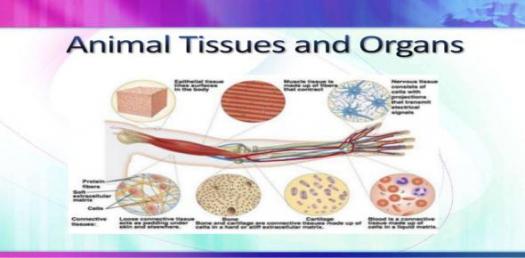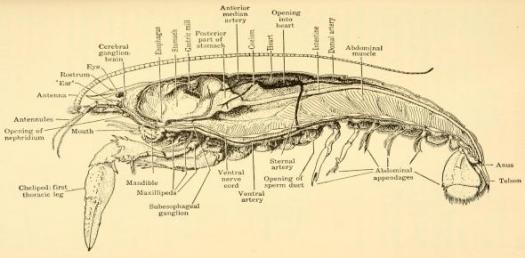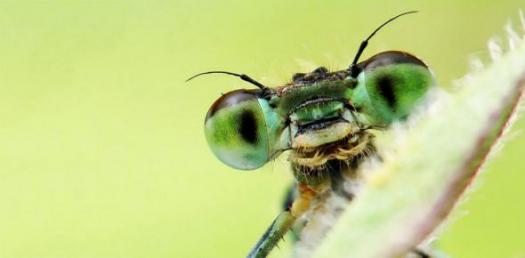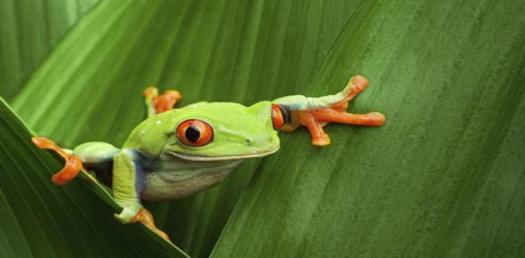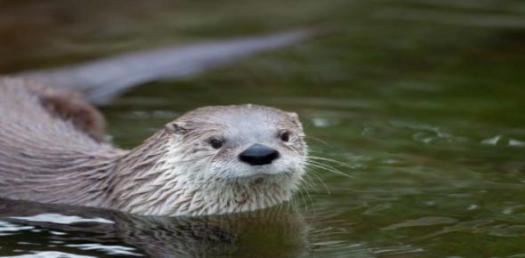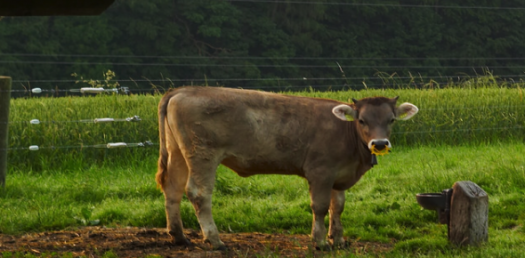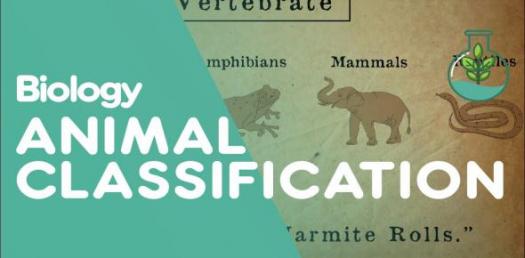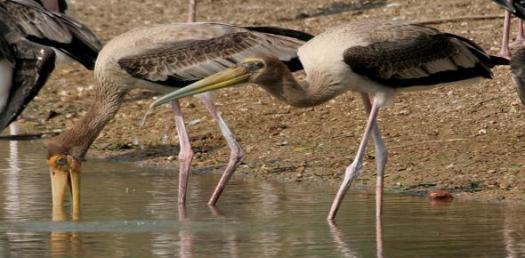Trivia: How Much Do You Really Know About Animal Biology?
-
Which of these is not in the cat family?
-
Leopard
-
Mountain Lion
-
Rhino
-
Tiger
-
The history of animal biology is as far back as the study of the animal kingdom from ancient to modern times. Although the study of animal life begins in ancient times, its scientific incorporation is relatively modern and useable. It is worthy of note to know that, the works of Aristotle and Galen during the Greco-roman world formed the bedrock of what animal biology is today. The likes of Carl Linnaeus and Buffon came up with the classification of animals which has created an avenue for proper study of animals in the biosphere. Can you ace this quiz? Give it a try.

Quiz Preview
- 2.
Which of these modes of nutrition harms the host?
-
Parasitic
-
Holozoic
-
Symbiotic
-
Saprophytic
Correct Answer
A. ParasiticExplanation
Parasitic mode of nutrition harms the host because parasites rely on living organisms (hosts) for their survival and obtain nutrients from them, often causing harm or damage to the host in the process. Parasites can cause diseases, weaken the host's immune system, and disrupt normal bodily functions. They may feed on the host's tissues, blood, or other bodily fluids, leading to various health problems and potentially even death.Rate this question:
-
- 3.
What is the term given to the study of animals?
-
Enthology
-
Anthropology
-
Icthyology
-
Zoology
Correct Answer
A. ZoologyExplanation
Zoology is the correct answer because it is the scientific study of animals. It involves the study of their behavior, anatomy, physiology, classification, and distribution. Zoologists study animals in both their natural habitats and in captivity, and they contribute to our understanding of animal evolution, ecology, and conservation.Rate this question:
-
- 4.
Which of these animals is a saproph?
-
Lion
-
Vulture
-
Man
-
Turkey
Correct Answer
A. VultureExplanation
A saproph is an organism that feeds on dead or decaying organic matter. Vultures are known to be scavengers, feeding primarily on carrion or dead animals. They play a crucial role in the ecosystem by cleaning up carcasses, preventing the spread of diseases. Lions, man, and turkeys do not primarily feed on dead or decaying organic matter, making vultures the only correct answer in this context.Rate this question:
-
- 5.
What is the main bone in the upper jaw of a dinosaur?
-
Molar
-
Canine
-
Incisors
-
Maxilla
Correct Answer
A. MaxillaExplanation
The main bone in the upper jaw of a dinosaur is called the maxilla. The maxilla is a paired bone that forms the upper jaw and holds the teeth in place. It is an important bone for feeding and is responsible for the attachment of various muscles involved in chewing and biting. The maxilla also plays a role in the overall structure and support of the dinosaur's skull.Rate this question:
-
- 6.
What is a long-term relationship between organisms called?
-
Mating
-
Symbiosis
-
Mutuality
-
Cannibalism
Correct Answer
A. SymbiosisExplanation
A long-term relationship between organisms is called symbiosis. Symbiosis refers to a close and prolonged association between two different species, where both organisms benefit from the relationship. This can include mutualistic relationships, where both organisms benefit, as well as parasitic or commensal relationships, where one organism benefits at the expense of the other or without affecting the other, respectively. Symbiosis is a fundamental concept in ecology and plays a crucial role in shaping ecosystems and the interactions between different species.Rate this question:
-
- 7.
Which of these is an exoskeleton?
-
Snails
-
Birds
-
Spider
-
Worms
Correct Answer
A. SpiderExplanation
An exoskeleton is a hard, external covering that provides support and protection to the body. In this context, the correct answer is spider because spiders have an exoskeleton made of chitin, which covers their entire body and provides structural support. Snails, birds, and worms do not have an exoskeleton; instead, they have internal skeletons or shells.Rate this question:
-
- 8.
How many types of teeth are there?
-
5
-
3
-
4
-
6
Correct Answer
A. 4Explanation
There are four types of teeth: incisors, canines, premolars, and molars. Incisors are the sharp, flat teeth at the front of the mouth used for cutting food. Canines are the pointed teeth next to the incisors, used for tearing food. Premolars are located behind the canines and are used for grinding and crushing food. Molars are the back teeth used for chewing and grinding food.Rate this question:
-
- 9.
What is the life span of a male lion?
-
10-20 years
-
10-15years
-
10-25 years
-
10-12 years
Correct Answer
A. 10-15yearsExplanation
Male lions typically have a lifespan of 10-15 years. This is shorter compared to female lions because male lions often face more challenges and dangers in their lives. They have to defend their territory, fight off rival males, and protect their pride. These factors, along with the physical toll of these activities, can contribute to a shorter lifespan for male lions.Rate this question:
-
- 10.
What is the term given to the study of insects?
-
Entomology
-
Anthropology
-
Insectolography
-
Zoology
Correct Answer
A. EntomologyExplanation
Entomology is the correct answer because it is the scientific study of insects. This field of study involves examining the life cycle, behavior, classification, and ecology of insects. It also involves studying their interactions with other organisms and their impact on the environment. Anthropology is the study of human societies and cultures, not insects. Insectolography is not a recognized term, and Zoology is the study of animals in general, not specifically insects.Rate this question:
-
Quiz Review Timeline (Updated): Mar 22, 2023 +
Our quizzes are rigorously reviewed, monitored and continuously updated by our expert board to maintain accuracy, relevance, and timeliness.
-
Current Version
-
Mar 22, 2023Quiz Edited by
ProProfs Editorial Team -
May 08, 2019Quiz Created by
Gregorynaomi
A Simple Animal Biology Quiz For 8th Grade! Trivia
Animals by their constant interaction have been a key player in the ecosystem for a very long time and performing an essential role in the lives of other organisms, whether from...
Questions:
10 |
Attempts:
1259 |
Last updated:
Mar 21, 2023
|
Animal Biology: A Biological Diversity Trivia Quiz!
Biology is a diverse subject which includes the study of animals, consequently known as animal biology or zoology as many may call it. Animal Biology deals with the structure,...
Questions:
10 |
Attempts:
240 |
Last updated:
Mar 21, 2023
|
Animal Biology Quiz: Everything You Have Learned So Far!
Animal Biology is the study of the chemical and physical structure and behavior of animals with reference to their molecular and cellular systems, anatomy, and physiology. The...
Questions:
10 |
Attempts:
262 |
Last updated:
Mar 21, 2023
|
An Ultimate Trivia Challenge On Animal Biology!
Animals have proven to be inevitably a part of the biosphere with dazing features, contribution, and interactions in their various ecosystems. The study of the structure,...
Questions:
10 |
Attempts:
215 |
Last updated:
Mar 18, 2023
|
I Doubt If You Can Pass This Animal Biology Quiz!
Animal biology is a branch of biology which deals with animals. It includes all there is to know to range from the structure, embryology, evolution, classification, habits, and...
Questions:
10 |
Attempts:
274 |
Last updated:
Mar 18, 2023
|
Advance Animal Biology Trivia Quiz For You!
Animal Biology is the study of the chemical and physical structure and behavior of animals with reference to their molecular and cellular systems, anatomy, and physiology. The...
Questions:
10 |
Attempts:
354 |
Last updated:
Mar 20, 2023
|
 Back to top
Back to top



